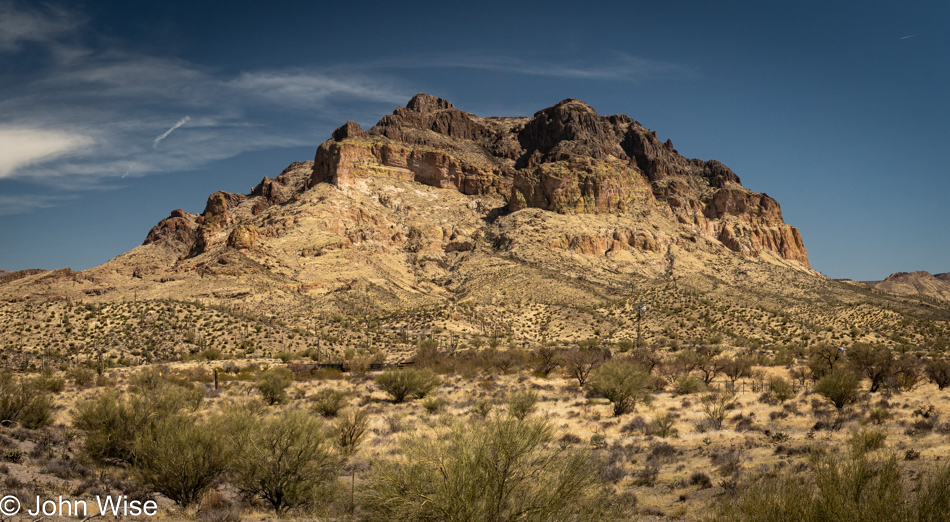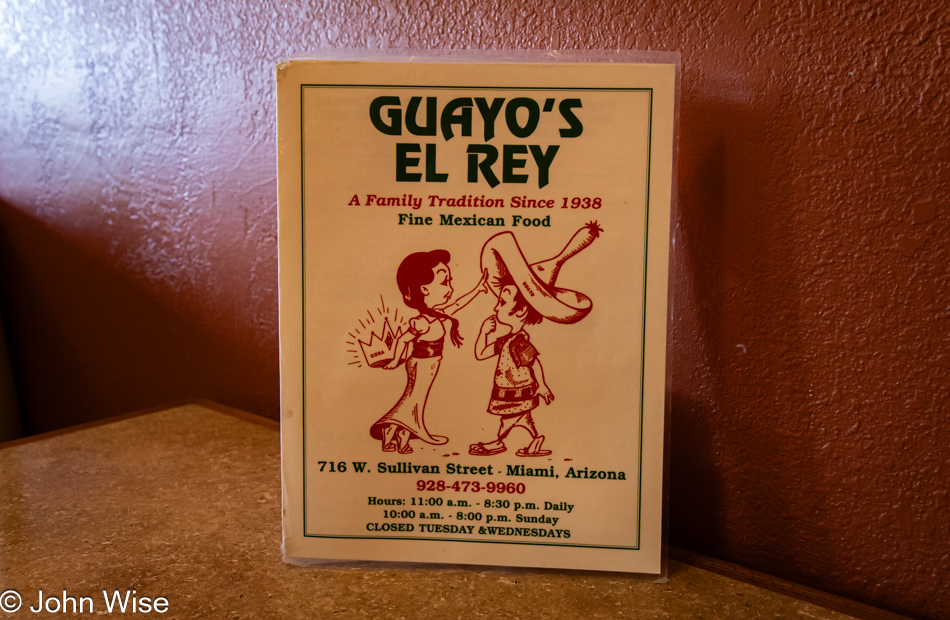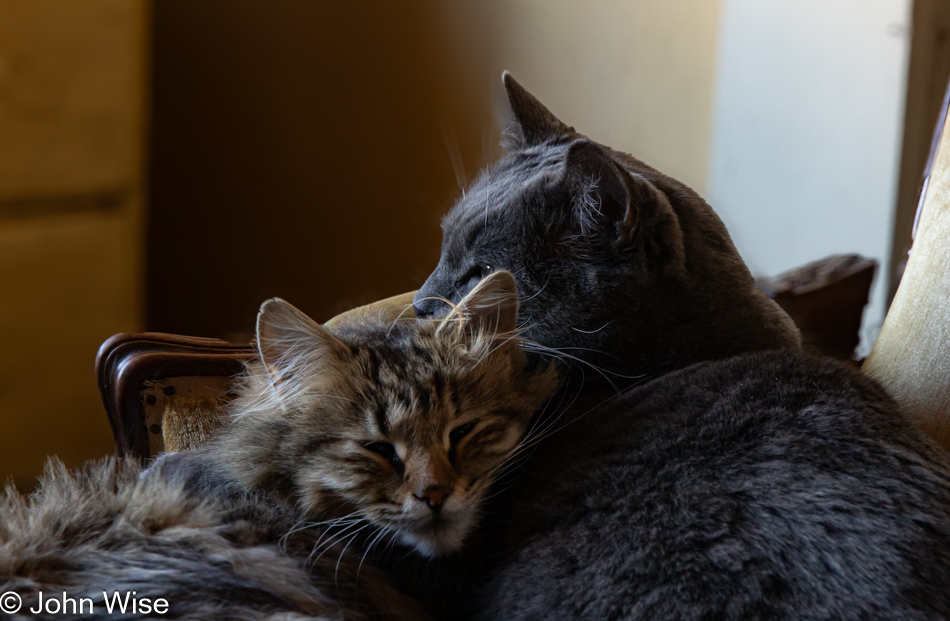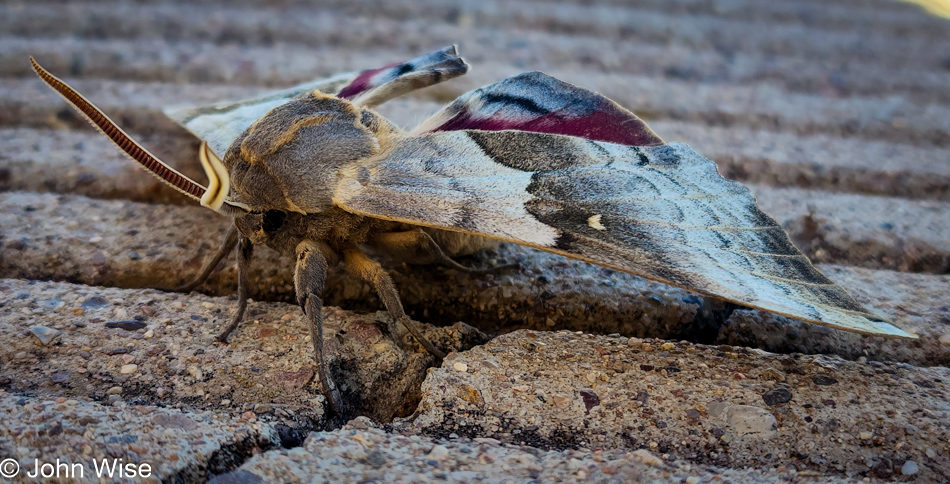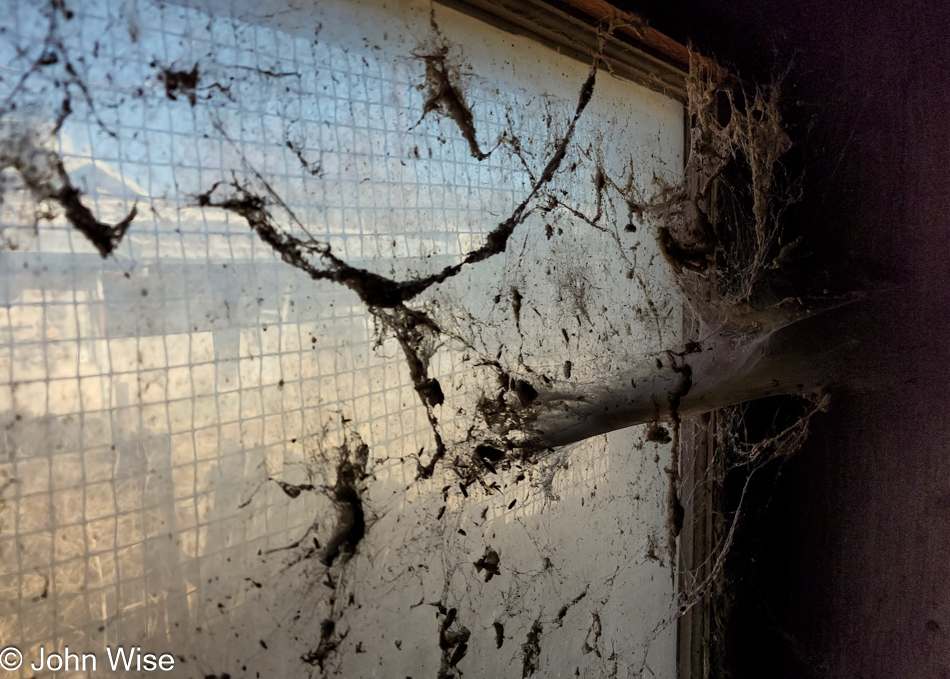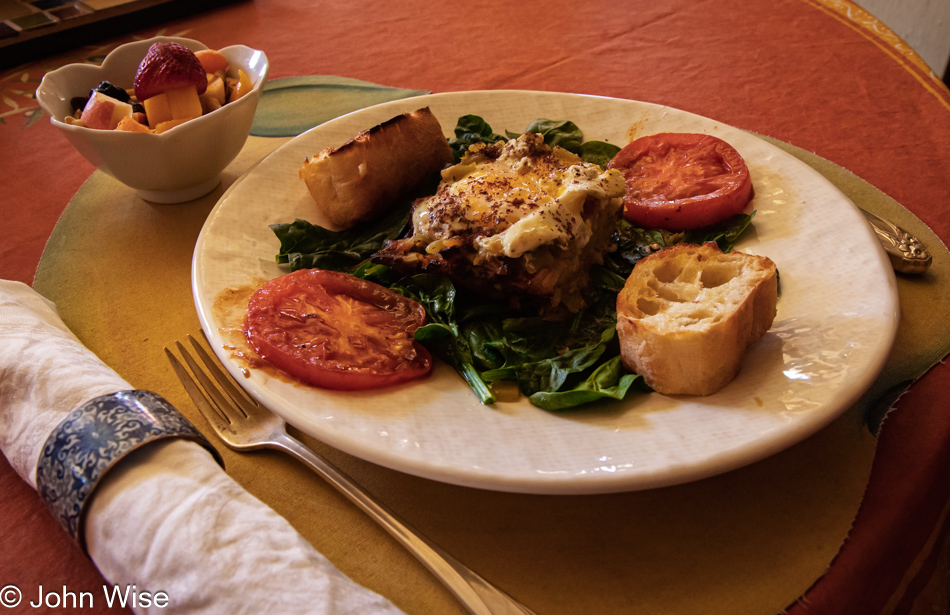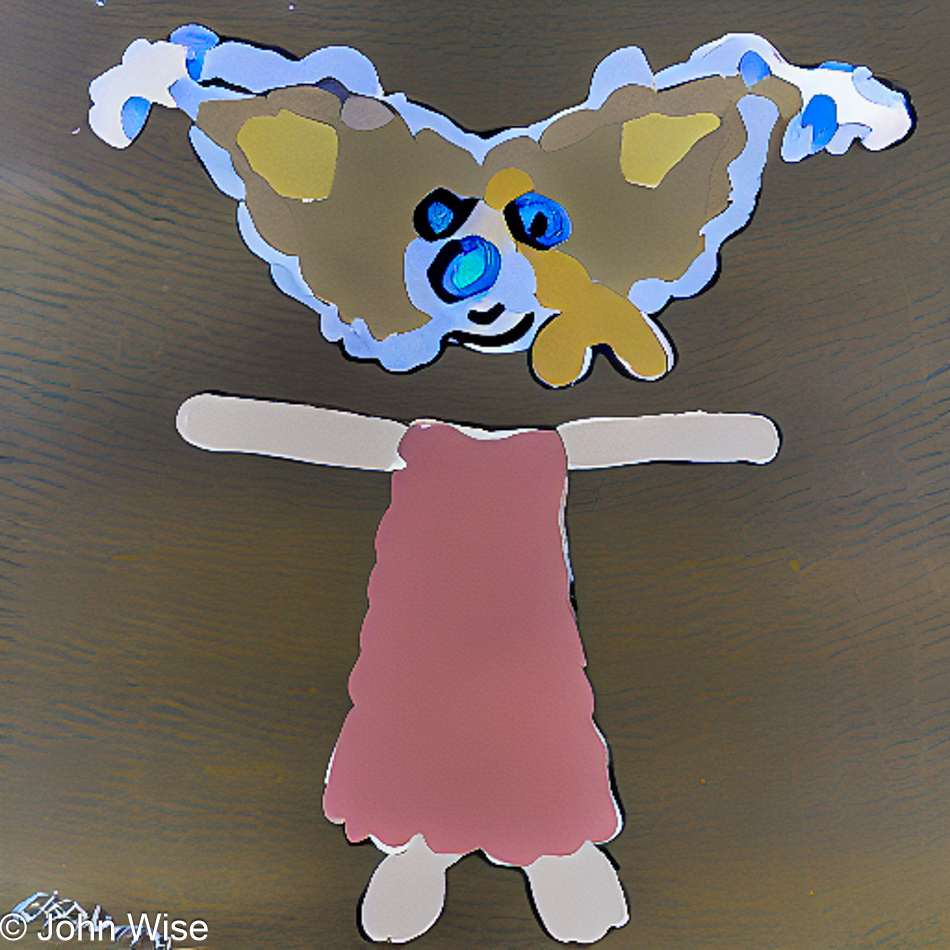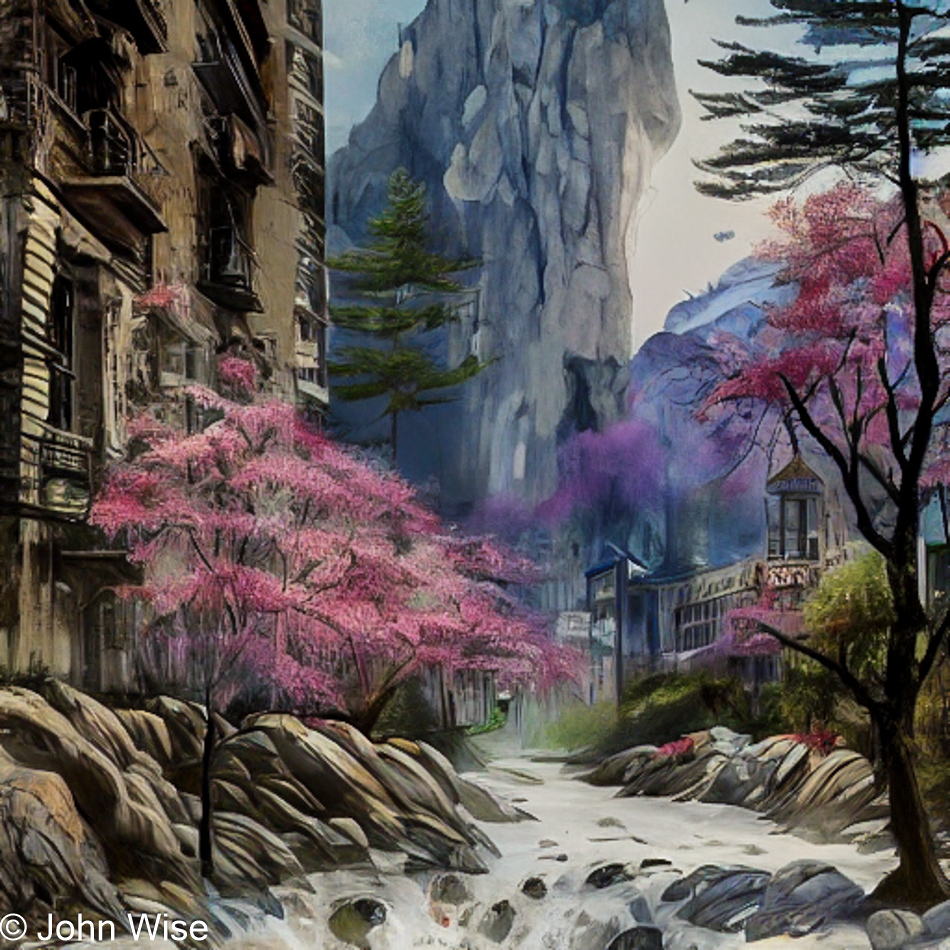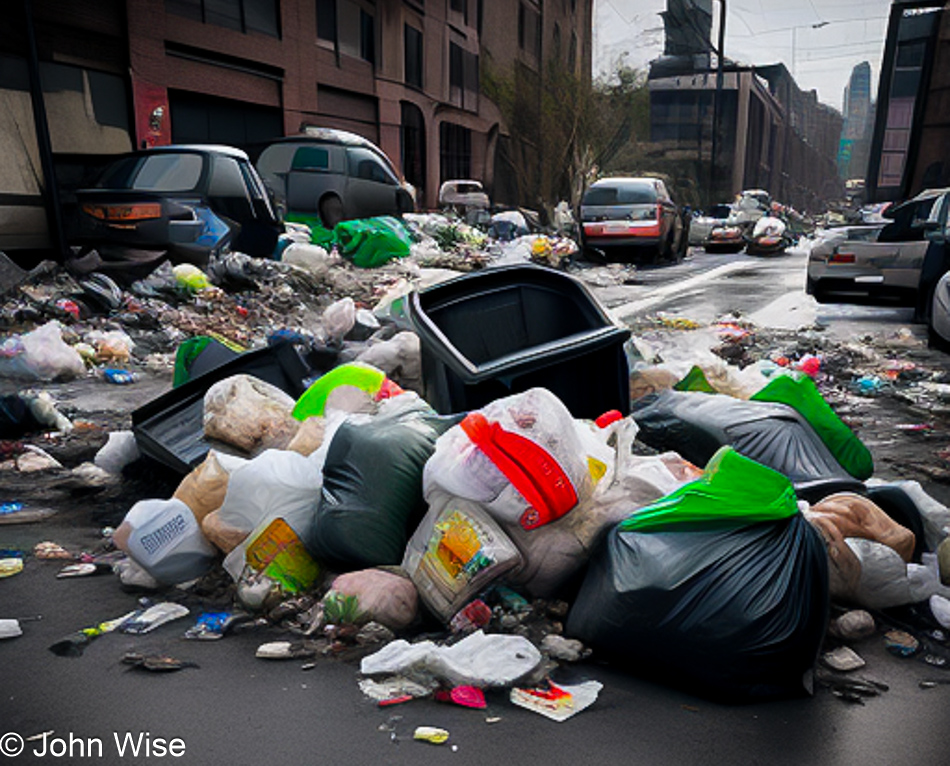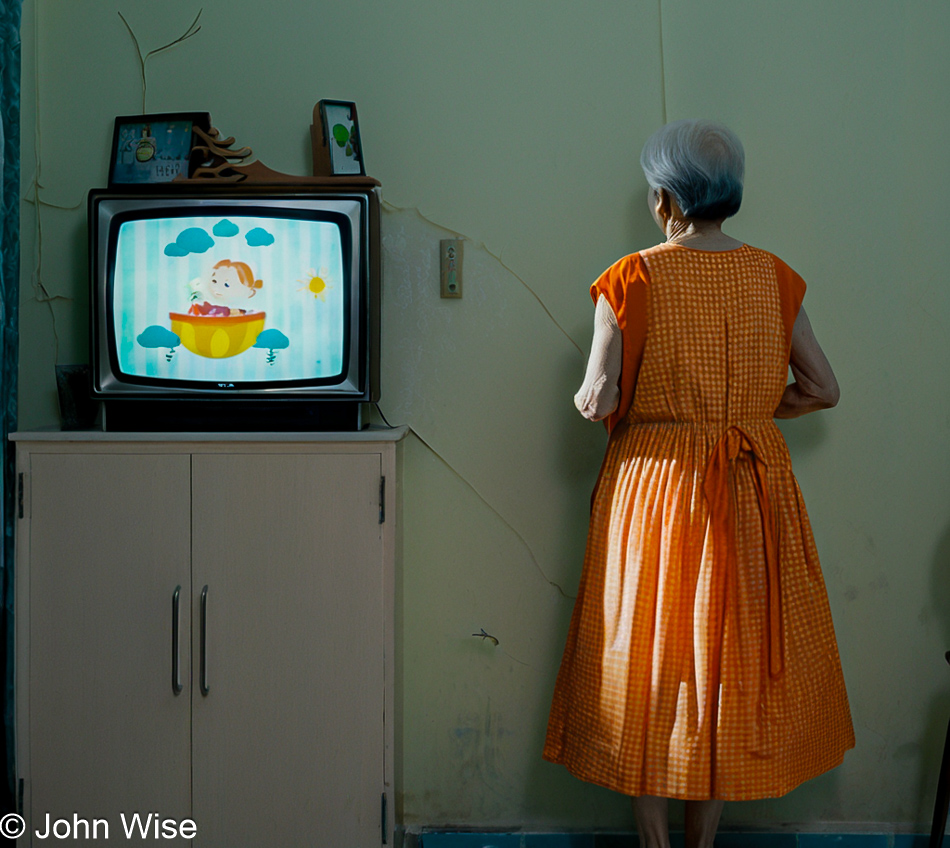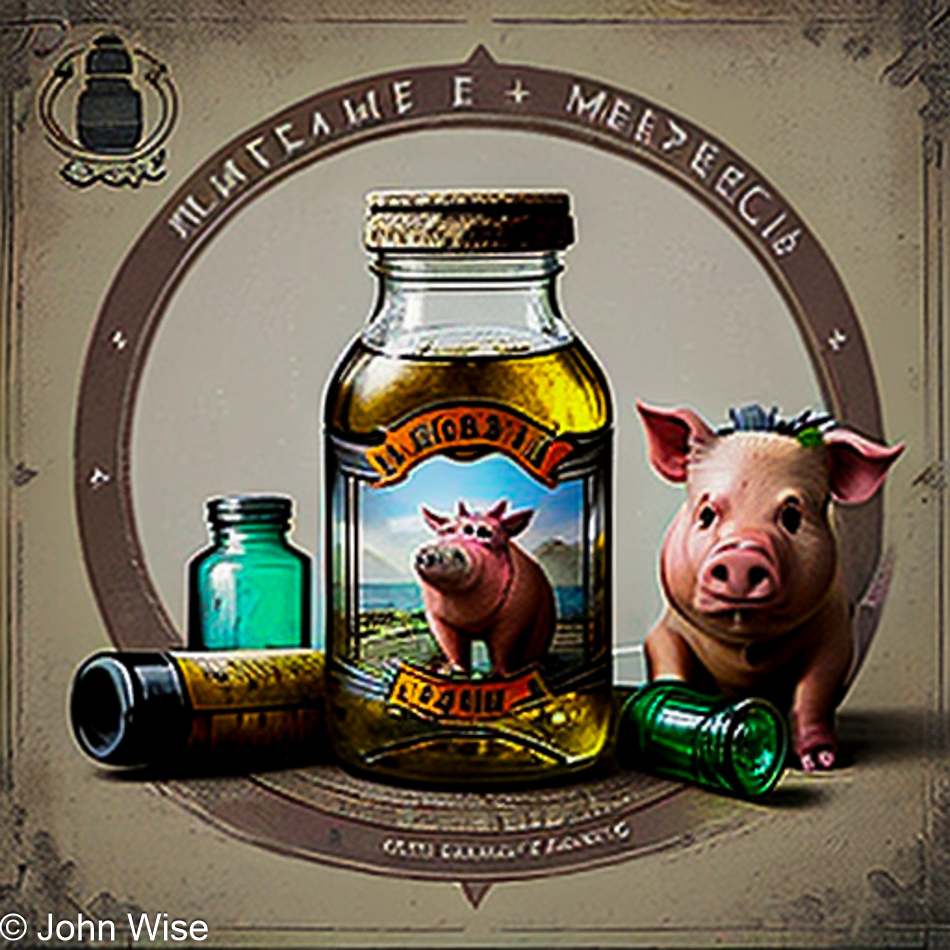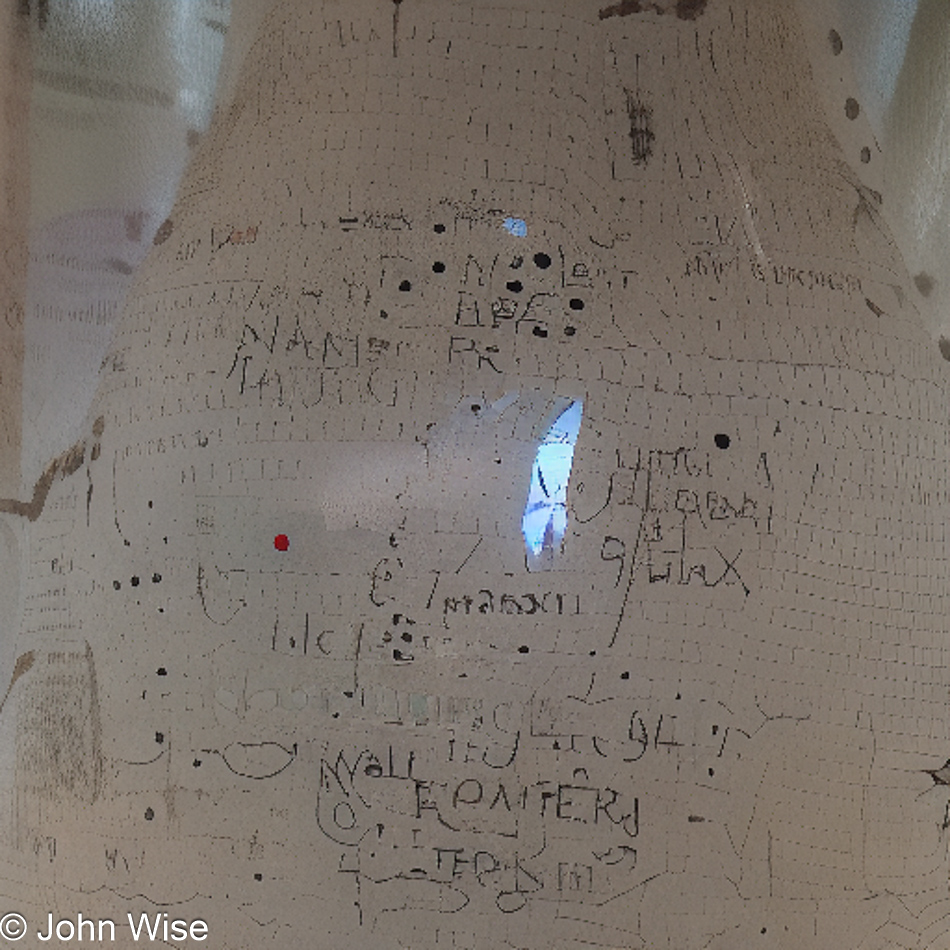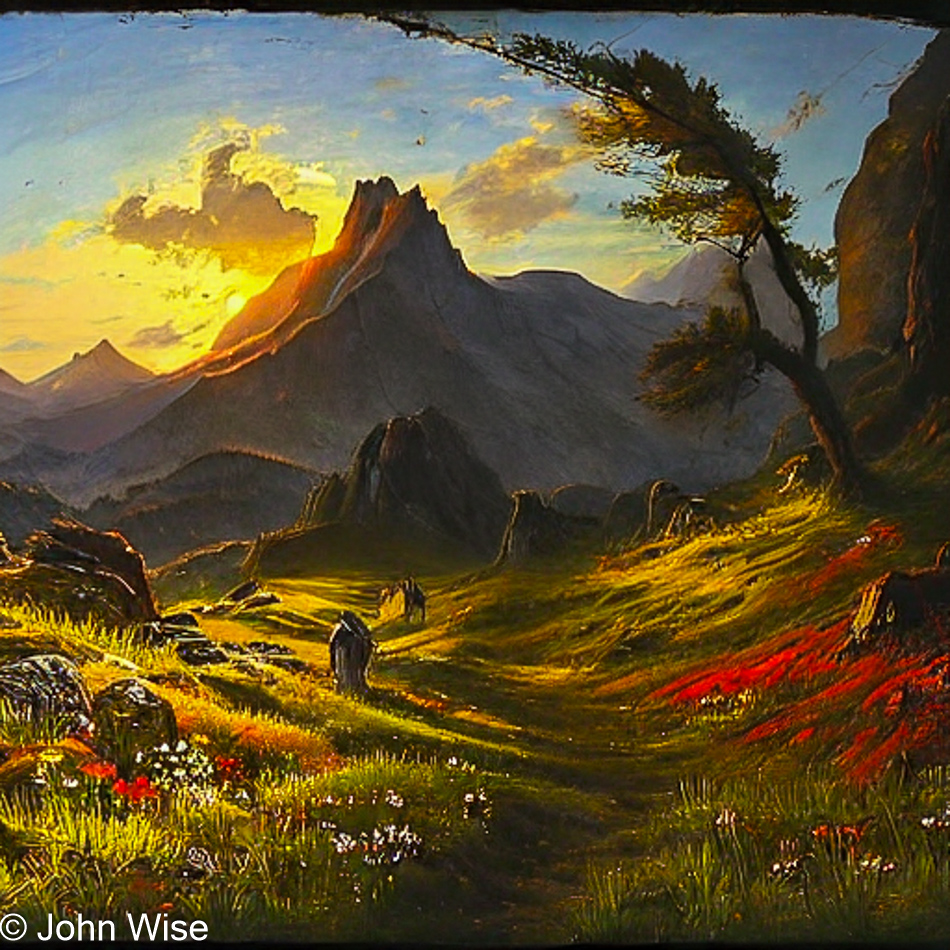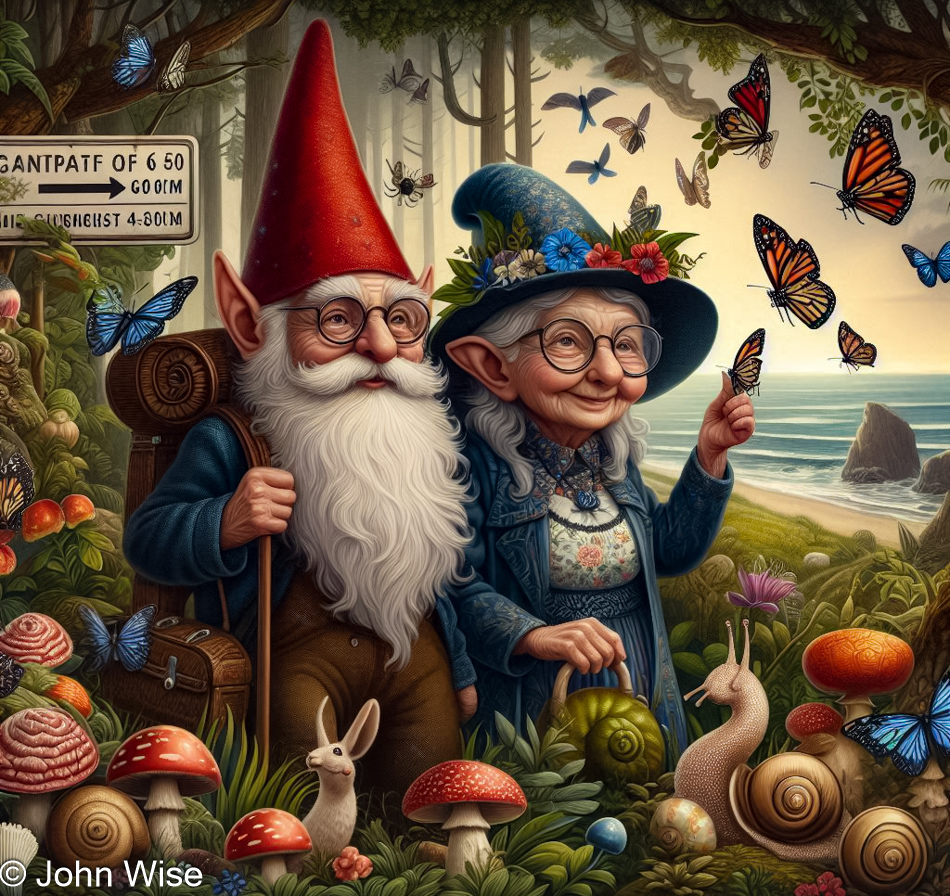
We move in the light and decipher our world in view of what is illuminated, and we attempt to enlighten our minds, though shrouded in absolute darkness. There’s something in the absence of the luminous universe that begs for discovery, and sometimes, it whispers at you to follow a path somewhere that might hold a level of importance you couldn’t have imagined prior. This is what writing and wandering hold for me.
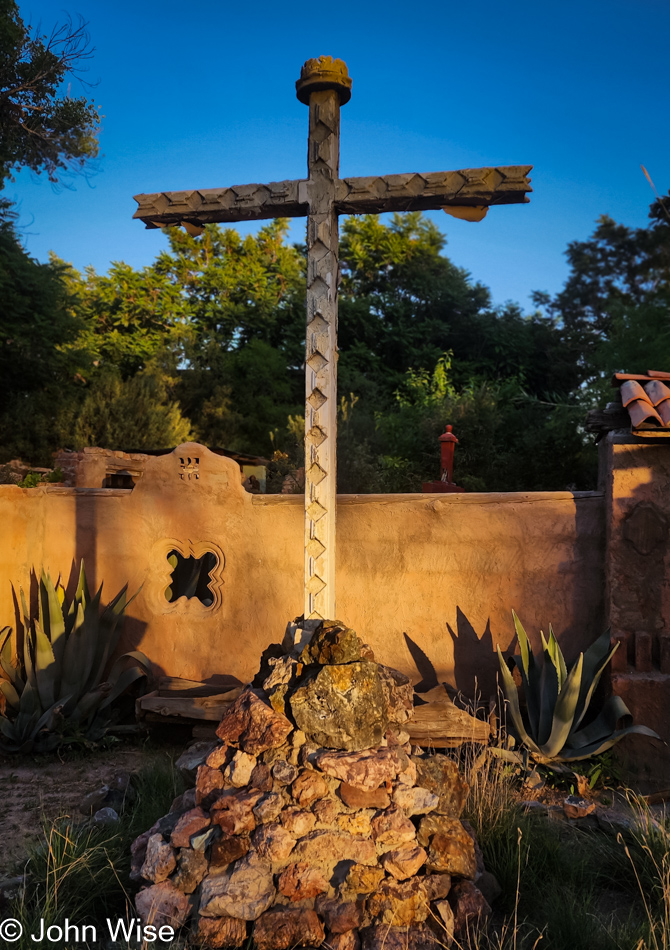
Paths are many in the world we humans have constructed over millennia. No individual is able to decipher all the symbols, signs, histories, and cultural artifacts we’ve created, and so we narrow our focus to a near absolute minimum in the hopes we might figure out our tiny corner. With over 5,000 distinct ethnic groups, approximately 7,000 living languages spoken, and around 4,200 religions worldwide, I don’t believe there’s anyone in possession of any real knowledge about more than a fraction of those. Yet, we speak of the world as though it were knowable. How many of the 5,500 species of mammals, 11,100 species of birds, 7,300 species of reptiles, and 8,200 species of amphibians do you know off the top of your head? Of the 35,768 species of fish, can you name even 1%?
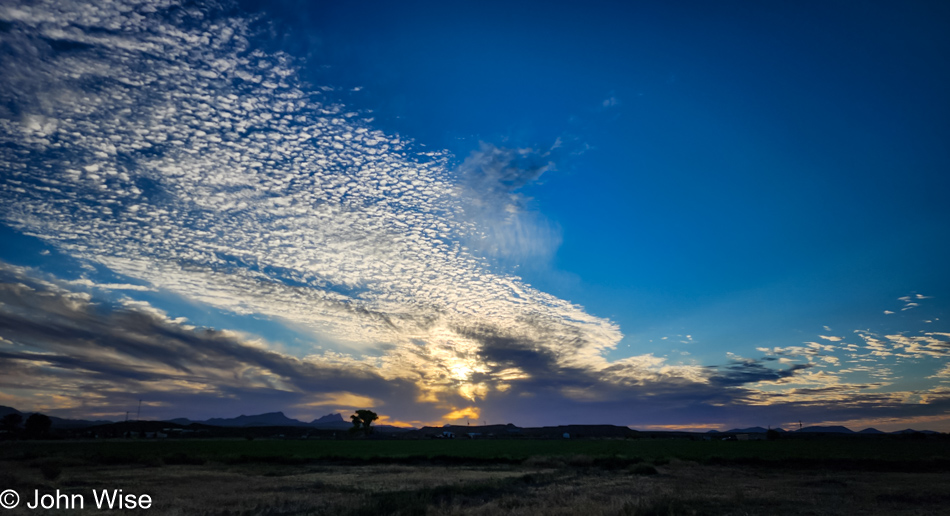
Do you remember why the sky is blue? The answer relates to Rayleigh scattering, which happens when light hits oxygen and nitrogen molecules. The clouds form why? Could it be because water condenses at colder altitudes onto dust, smoke, and salt particles in the atmosphere? Did you know that there are at least 1.85 million flying insect species out there under the wispy clouds in that blue heaven?
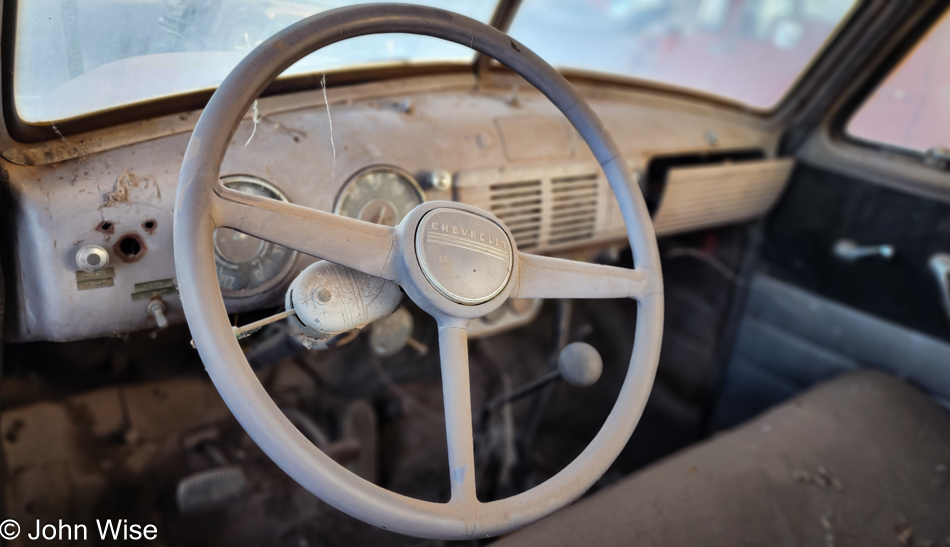
But here we are, people who are occasionally able to focus on the road while pressing the gas pedal and maintaining the direction of a car, assuming we are not distracted by our phones. Not only that, but we are also able to decide which hat or shirt we’re going to wear. Our relative knowledge of complexity and ability to negotiate our world, by and large, is simple and not very sophisticated.
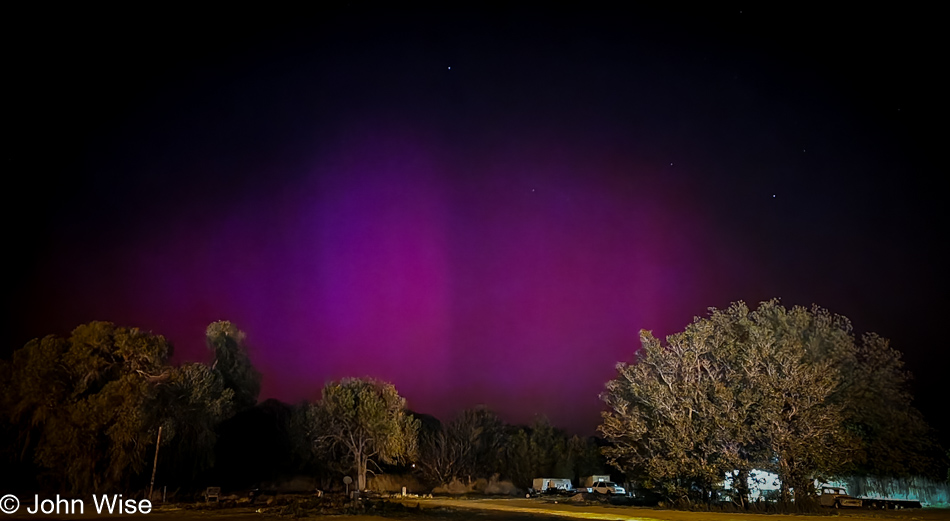
I’m out in Duncan, Arizona, for close to a week, which also happens to coincide with an incredibly rare occurrence of the aurora borealis (Northern Lights) becoming visible this far south. I’m out here in eastern Arizona, searching my head for sequences of words that I can coax to fall from my hands upon a blank page. This is my exercise of struggle to convey ideas that may not be altogether new, but maybe they can represent a rare, unseen species of meaning that could signify something of a minor amount of novelty in the evolution of things.

When I stop to consider the presumptuous frivolity that I might find access to a representation of knowledge not previously shared, I fully understand the foolishness of my endeavor, but since when has rationality stopped humans from making assumptions that we know enough to make definitive statements and claims?
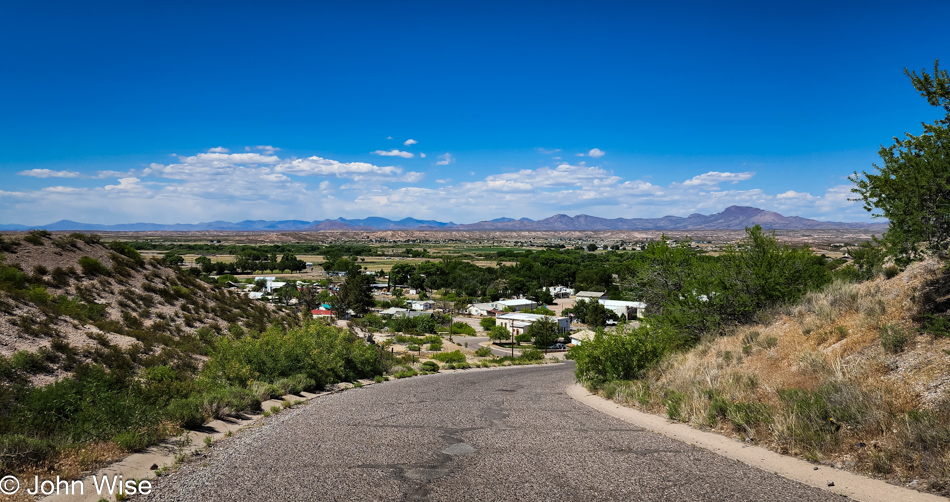
It was Sunday when I took this walk up the hill to the south of town. I had found my stride, which I didn’t have the confidence would happen on this trip. Leaving Caroline in Phoenix, who consequently takes the bus to and from work while I travel to the proverbial Sticks to incur the expenses that arrive with such adventures, can be a burden on both of us. First, I’d better be performant so we have some sense that the effort and sacrifices were worth the investment, and second, I try to share how appreciative I am that this luxury is afforded to me and hopefully not wasted.

The blueberries, plum, tangerine, strawberry, blackberry, and walnuts are easy to identify; below the fruit salad is a mulberry cake covered in a yogurt sauce. This is my breakfast. Writing is like the most complex plate of food ever set before you. Piled high are the more than approximately 429,544 words that make up the English language, while the average novel draws from a vocabulary of about 6,500 words on average. Now, consider that an educated native English speaker has a vocabulary of around 20,000 to 35,000 words, while the average adult is limited to about 5,000 to 10,000 words. This translates to the sad reality that the average person is able to utilize a mere 2.33%, at best, of the multitude of words that are available to them.
Let’s consider this in comparison to my extravagant fruit salad here: there are approximately 55 varieties of fruit available across the United States. If we were to only use 2.33% of them to make this breakfast, the plate would essentially have a single type of fruit on it. I’ll be the first to admit that I do love a bowl of strawberries, but on occasion, it’s nice to indulge in such extravagance. A book of an equivalent variety of words as this plate of fruit in the photo would contain about 43,000 unique words, yet the majority of people I encounter would pride themselves on their very limited vocabulary.
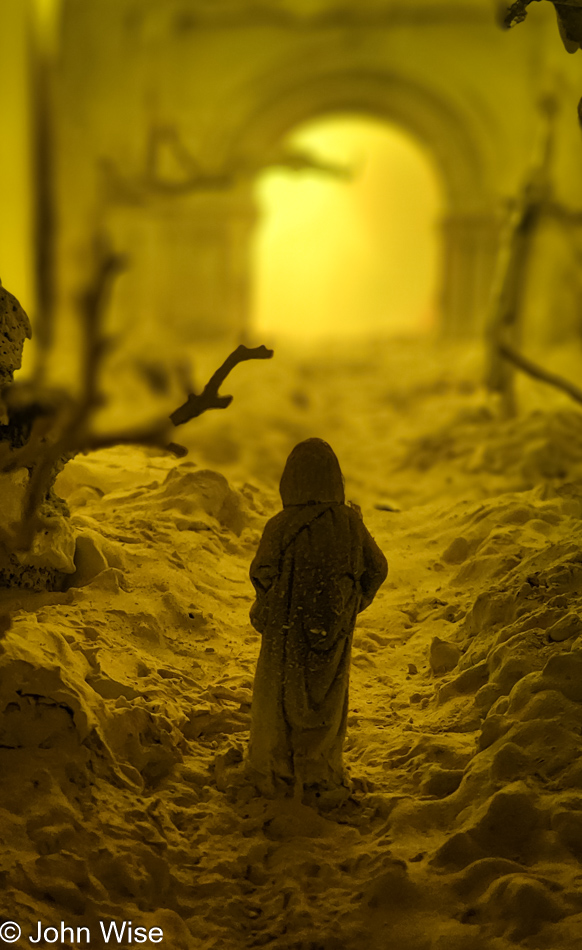
Inspired by German Romantic landscape artist Caspar David Friedrich, this diorama features a contemplative figure in silhouette depicting the spirituality and melancholy often found in Friedrich’s work. Writing for me feels a lot like the paintings of this artist, where the words I’m trying to construct into a coherent assemblage stand before me, demanding that I direct where the viewer will be standing next.

Language is the prism reflecting the potential order of words that could emerge in a picture that portrays a lucid idea, while, on the other hand, the kaleidoscope of fractured elements could distort any meaning that might have emerged had clarity of presentation been utilized. My dilemma is trying to thread the literary eye of the needle, refracting the story and leaving my mind in such a way that the image is a coherent representation of sense instead of a bunch of scattered thoughts that spill out in such a manner that nothing is conveyed.

Okay, it is time to leave the esoteric and detail something more than this exercise in creative writing that allows me to flex away from the daily routine I’ve been toiling under. While here in Duncan, Arizona, at the Simpson Hotel, it happens that I must take other meals aside from the gourmet concoctions Clayton, one of the two proprietors of the hotel, creates for me, and thus, I was walking to the Ranch House Restaurant for a bite to eat when I saw three semis parked roadside. Typically, these specific trucks pass through town, but up towards Morenci, there was a dead man from Mississippi lying on the highway, shot by local law enforcement after he opened fire on them when they tried to arrest him for the triple homicide of his mother and two sisters back in Ridgeland, Mississippi. The situation meant that the truckers were forced to take a pause before being able to travel again up and down that road, which is the only reasonable way in and out of Morenci.
Morenci also happens to be home to one of the planet’s largest copper mines, producing over $2 billion of the metal every year, and that’s what’s stacked on the backs of these trucks. Lucky me, the guys were walking into the Ranch House at the same time I was, and I was able to learn that each truck carries 51,000 pounds of the metal and that a lot of it was heading to Texas, where it would be melted down again to make wire. They also gave me a run-down of the shooting. The fragments hanging off the plates are copper scrap, of which I was able to collect a few pieces to share with Caroline when I got home, as neither of us had ever seen raw refined copper.
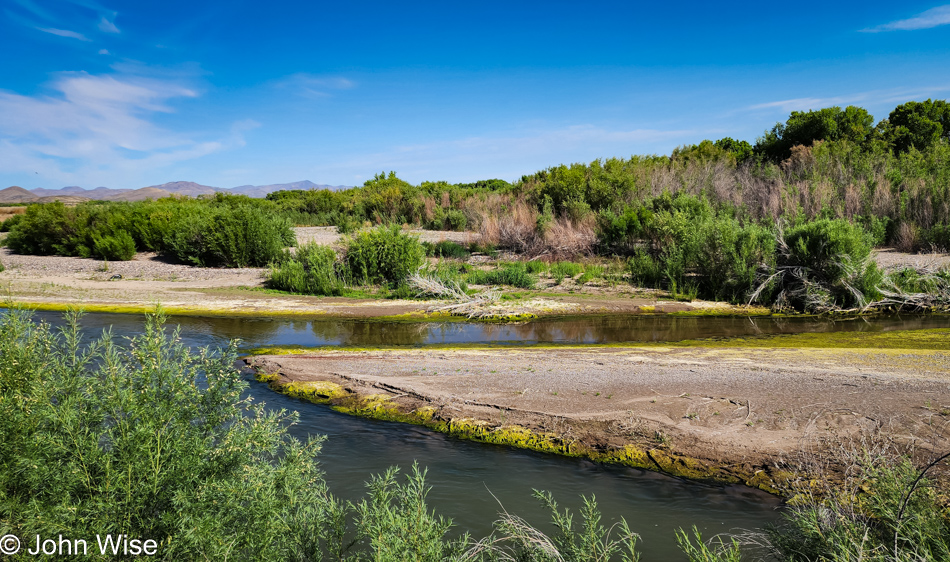
While my primary mission is writing, I also need to work on my daily step requirements. The riparian area along the Gila River is one aspect of why it’s so charming to visit Duncan. The water levels are falling fast as Arizona rapidly moves out of our brief spring and head into summer. Once the monsoons return, the river should gather volume again, but before that, there could be a sandy river bottom exposed as it runs dry. Over on the shore of the island in the river channel, I caught the briefest sight of a beaver slipping below the water’s surface. This was a fortunate sighting for me; beavers used to be extinct on the Gila River and are still rare in the river valley.
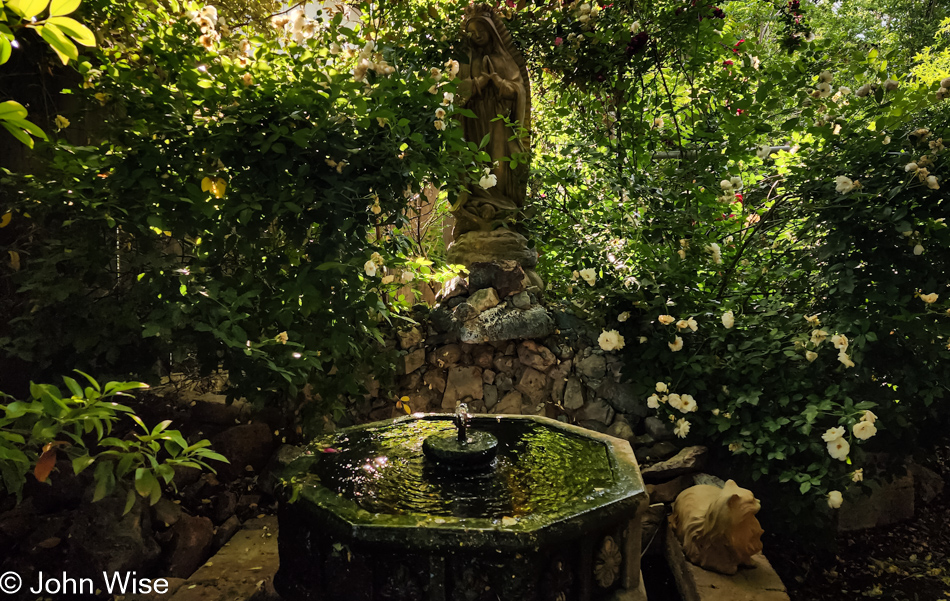
And then there’s this oasis, an enclave of subtlety and art where, for the duration of your time spent in the verdancy of the Simpson Garden, you are transported to a place that exists in deep green contrast to the environment beyond the grounds. As tragic as this will sound, I’ve spent very little time out here as my focus on writing tends to become singular with an obsessive streak to capture all that I can while the words are flowing. It is with regret that I put this admission on the page, as I’d rather be able to share honestly that I spend an inordinate amount of time in this refuge of calm.
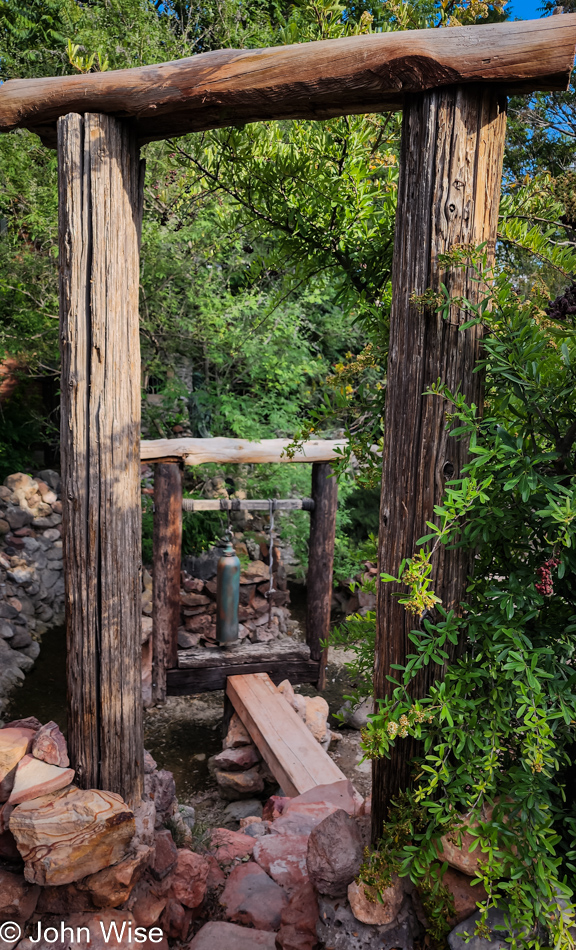
Most every photo in this post is from a consolidation of the days spent out here, from the first featuring the lantern to the last of the cat below. I arrived on May 9th with the original plan imposed by a road closure on my way home to leave on the 14th, but the day prior to my departure, I learned that they were delaying the closure by a day, allowing me to drive home on the 15th, so I snagged the extra day. It had been my intention to leave the confines of the parlor to take up one of the four or five spots in the garden where I could sit down, but I feared that I’d get lost in a meandering meditation considering aspects of the art, architecture, design, insects, birds, cats, sounds, sensations, and other stimulation that promised to distract me.
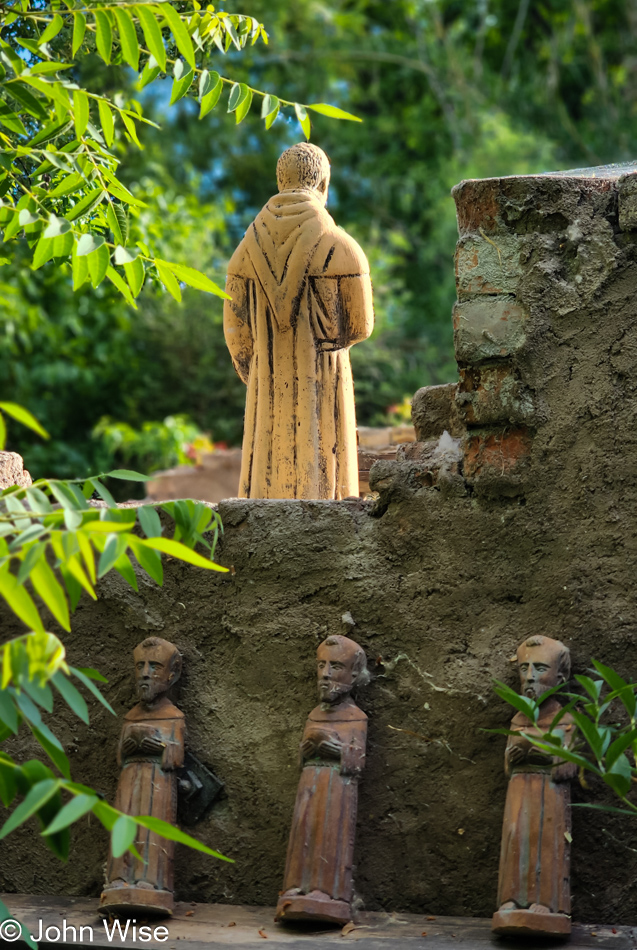
Looking back at these impressions, photographed quickly with my phone instead of my far superior DSLR, I can only feel that I sacrificed something important where I had the opportunity to collect deeper impressions that could have allowed a quiet performance of the mind practicing stillness instead of the frantic word grab that was the motivating factor behind the 222 miles, almost four-hour drive to Duncan, Arizona. During the course of writing this post, I couldn’t help but consider how much I’d like to afford the forced downtime to simply exist in the garden to become a temporary permanent fixture like these three wise men who’ve taken up residence on one of the walls. It’s funny how consideration leads from one thing to the next because right in the middle of penning this, I reached out to Deborah at the Simpson enquiring about a room over the long Memorial Day weekend, and as chance would have it, the room of my dreams is available. So, with all of the proper intention to visit the garden again before things really heat up, Caroline and I will be leaving for Duncan next Friday. If all goes well, I’ll leave the writing behind in order to really be in the moment, but I’d be fooling myself.
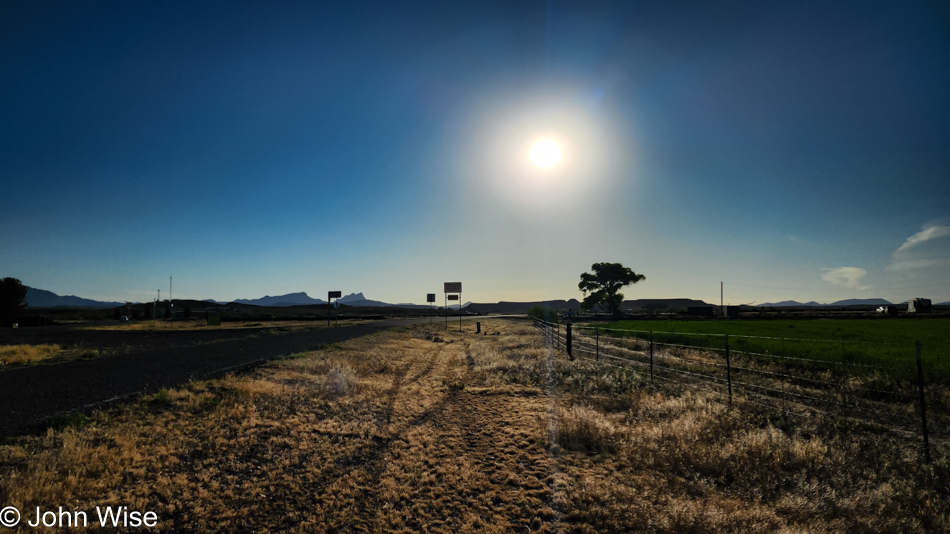
Mornings are the quietest parts of the day when my meanders in the area are most conducive to discovering things in my head that stop me in my tracks to not what has bubbled up. Often, this is part of me talking out loud to myself and asking the universe when I’m stuck at a particular point in my writing where I should take the story. Sometimes, I might have been just looking at birds, a tree, or ruminating about something else when inspiration strikes, and I’m compelled to bring out my phone, eject the pen, and start jotting down notes. It’s happened more than once over these past few days and many times prior. As a matter of fact, I thought I was done with my writing chores here on the last partial day of my stay and that I’d take a leave of the Simpson relatively early, but after turning right here and passing through farms, that peculiar spark of encouragement had me standing roadside for close to a half hour furiously writing as fast as I could.
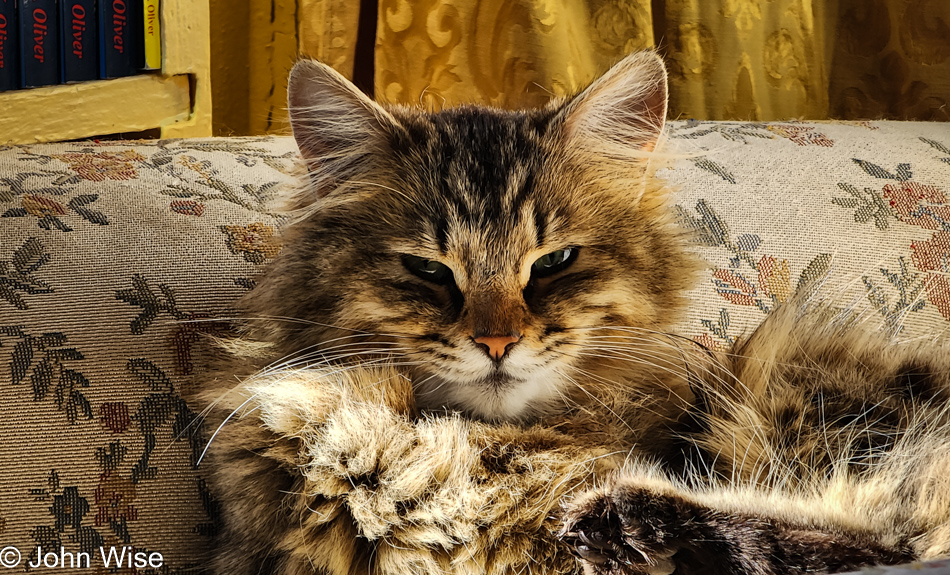
Back at the Simpson, contrary to my expectations, Clayton had not yet emerged to make coffee, which left me here with Molly, allowing me to indulge this super soft feline with rubs that guarantee she not only purrs crazily but also starts drooling by the bucket load. Okay, so I gave into that for about five minutes, and then I turned to transcribing my handwritten notes. Two hours later, and a small snack courtesy of Clayton, along with that promised coffee, I was packing up to start my drive home to see my own purring, drooling, equally soft and beautiful wife.
